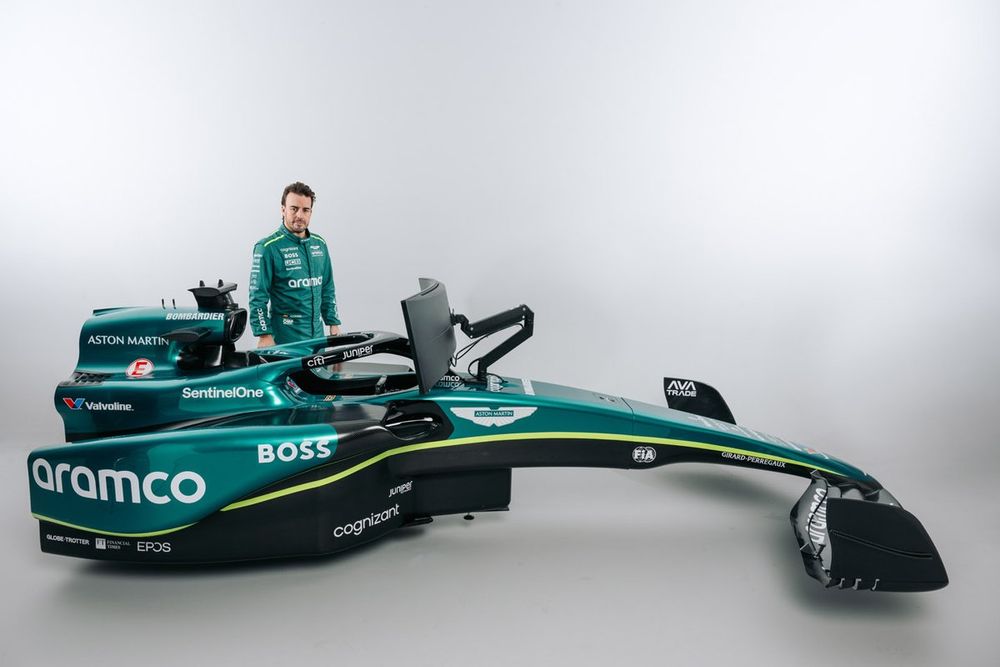Evaluation of 2026 aero ideas had left sim drivers experiencing some weird phenomena – including difficulties in spinning out on the straights under acceleration in low-downforce configuration, or being unable to run anywhere near flat out in what should be high-speed corners.
The situation hinted at F1’s rule makers potentially being on the backfoot with its preparations for the new rules era, where grand prix racing would be undergoing perhaps its biggest regulatory change ever with all-new engine and chassis.
However, as efforts continue to finalise the new car regulations, Autosport has learned more about the reality of those sim stories – and how the drama of the findings were actually part of the plan to prove certain concepts would not work at all.
Indeed, rather than F1 and the FIA sharing the alarm that teams found from the sim running, the lessons have actually added clarity to the direction that needs to be taken as grand prix racing moves towards the rules getting signed off in June.
Finding out what doesn’t work
As part of a much better working relationship between the FIA and teams, a lot of effort in framing future ideas for regulations involves them working together – as happened a lot with the 2022 regulations.
After all, the teams are the ones who understand more the competitive demands and performance characteristics of cars, and have at their disposal state-of-the-art simulator and simulation facilities to better future-proof stuff.
Fernando Alonso with the Aston Martin F1 Team AMR24 Simulator
Photo by: Aston Martin
Amid the efforts to sort out the 2026 aero regulations, the FIA has again been assisted by teams in working on what is known as the ‘Fangio’ model – the base outline of the new chassis and aero rules.
But there were two key questions that needed answering in the recent simulation work that threw up the stories.
The first was what was the minimum downforce level that an F1 car could get away with if the active aero was in its lowest position.
And the second was answering a question prompted by one unidentified team. This squad believed the active aero could work with only the rear wing moving – something that F1 and the FIA were never convinced about.
To get answers, a work plan was put in place involving three teams. This included a total 1,000 aero runs between them in recent weeks, as well as some simulator work on top to help fine-tune the elements and get the…
Click Here to Read the Full Original Article at Autosport.com – Formula 1 – Stories…

